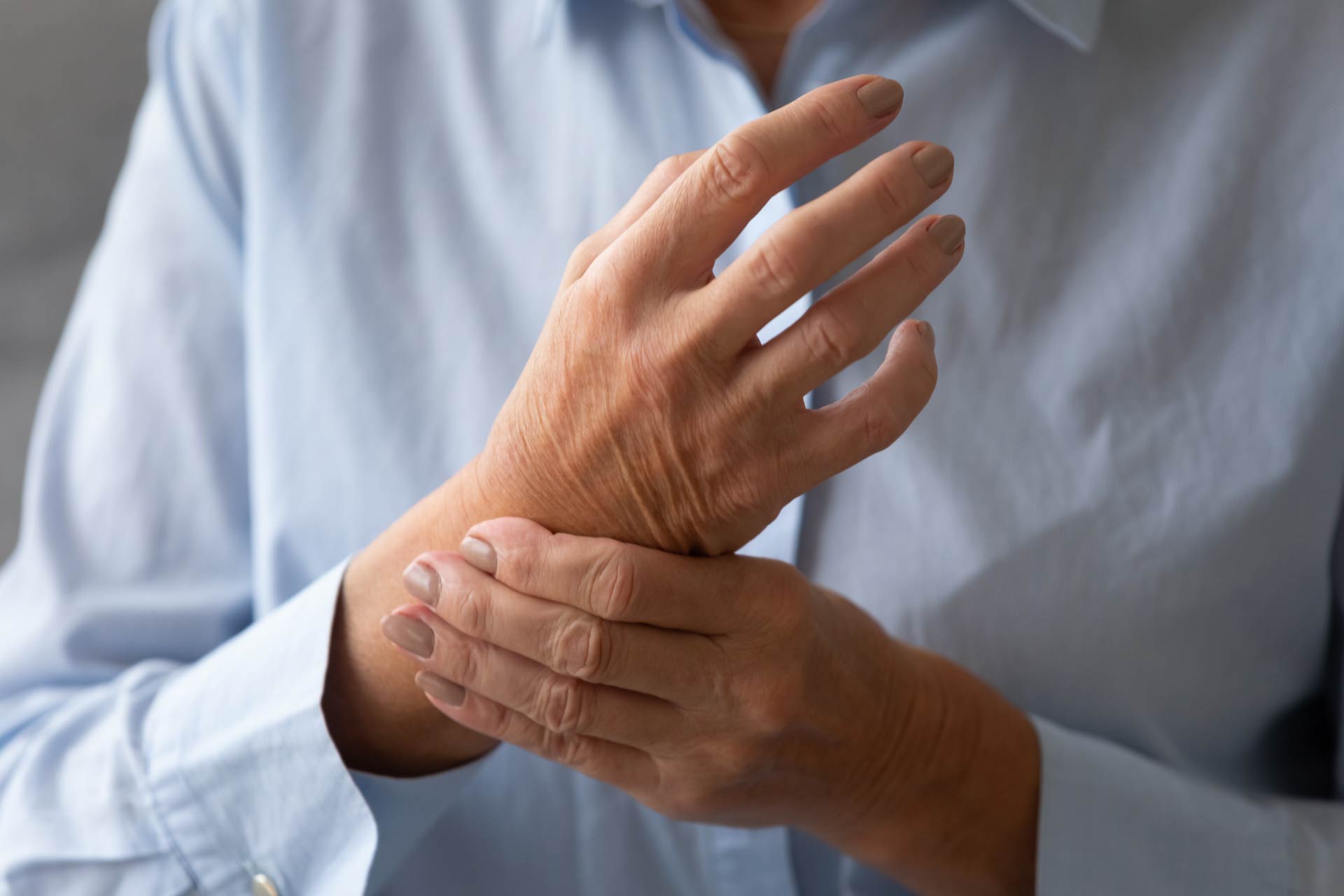• Viral signatures
• Microbial metabolism
What is already known on this topic
Rheumatoid arthritis is a chronic inflammatory condition that can affect joints and other sites in the body, including the skin, lungs, and heart. Most people with rheumatoid arthritis have antibodies, called CCP antibodies, that are directed against a specific set of the individuals’ own proteins. Although the intestinal microbiota has been linked to rheumatoid arthritis, how gut microbes influence CCP antibodies and the course of disease is unclear.What this research adds
Researchers characterized the communities of bacteria-infecting viruses, called phages, present in the guts of people at risk for developing rheumatoid arthritis. The intestinal phage compositions of at-risk individuals are dominated by Streptococcaceae, Bacteroidaceae, and Lachnospiraceae phages, but they vary according to the presence of CCP antibodies. Further experiments suggested that these phages influence the metabolic capability of the microbiota.Conclusion
The findings hint to a possible microbial cause of rheumatoid arthritis. They could also pave the way for using phages as biomarkers for the condition, the researchers say.
Rheumatoid arthritis is a chronic inflammatory condition that can affect joints and other sites in the body, including the skin, lungs, and heart. The development of rheumatoid arthritis is thought to depend on a combination of genetic and environmental factors. Now, a new study hints to a possible microbial cause of the disorder.
The findings, published in Cell Host & Microbe, could pave the way for developing biomarkers for rheumatoid arthritis, the researchers say.
Most people with rheumatoid arthritis have antibodies, called CCP antibodies, that are directed against a specific set of the individuals’ own proteins. Although the intestinal microbiota has been linked to rheumatoid arthritis, how gut microbes influence CCP antibodies and the course of disease is unclear.
To address this question, Breck Duerkop at the University of Colorado School of Medicine and his colleagues collected stool samples from 16 people with rheumatoid arthritis — of whom 8 had CCP antibodies and 8 didn’t — and 9 healthy individuals.
Viral signatures
By analyzing the stool samples, the researchers characterized the communities of bacteria-infecting viruses, called phages, present in the guts of people at risk for developing rheumatoid arthritis.
The intestinal phage compositions of at-risk individuals were dominated by Bacteroidaceae and Ruminococcaceae phages, but they varied according to the presence of CCP antibodies. For example, phages infecting bacteria such as Bacteroidaceae, Lachnospiraceae, and Streptococcaceae were more common in the microbiota of people with CCP antibodies than in the microbiota of individuals without CCP antibodies. Instead, phages targeting Ruminococcaceae, Bacteroidaceae, and Actinomycetaceae were more common among people without CCP antibodies than among those with the antibodies. Clostridiaceae phages were equally abundant across all groups, the researchers found.
Microbial metabolism
Next, the researchers assessed whether certain phages were more common in the microbiota of individuals at risk for rheumatoid arthritis than in the microbiota of healthy people. They found 178 phages that whose abundance differed between the two groups.
Phages targeting bacteria such as Clostridium scindens, Actinomyces oris, and Flavonifractor species were consistently more abundant in at-risk people than in healthy controls. C. scindens is a bacterium known to influence the bile acid composition in the gut and provide protection from opportunistic infections. Phages targeting C. scindens in at-risk individuals could thus influence bile acid metabolism, which is linked to inflammatory bowel diseases, the researchers say.
When the team looked at the potential function of intestinal phages, they found that the most represented genes were those involved in amino acid metabolism and the metabolism of vitamins. This suggests that these phages influence the metabolic capability of the microbiota. “These general pathway results indicate that phages in the intestine presumably affect host metabolism through the consumption of metabolic resources needed for their own biogenesis,” the researchers say.
Although more work is needed to understand how phages influence the immune system and the progression of inflammation in rheumatoid arthritis and other conditions, this study identifies specific intestinal phages that could help to study phage involvement in microbiota-associated diseases, the researchers say.









